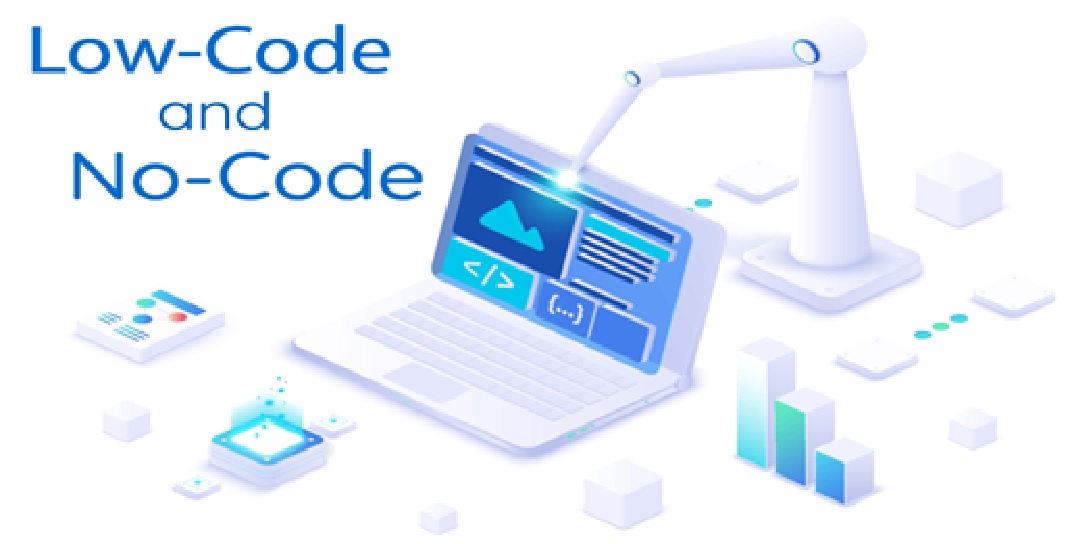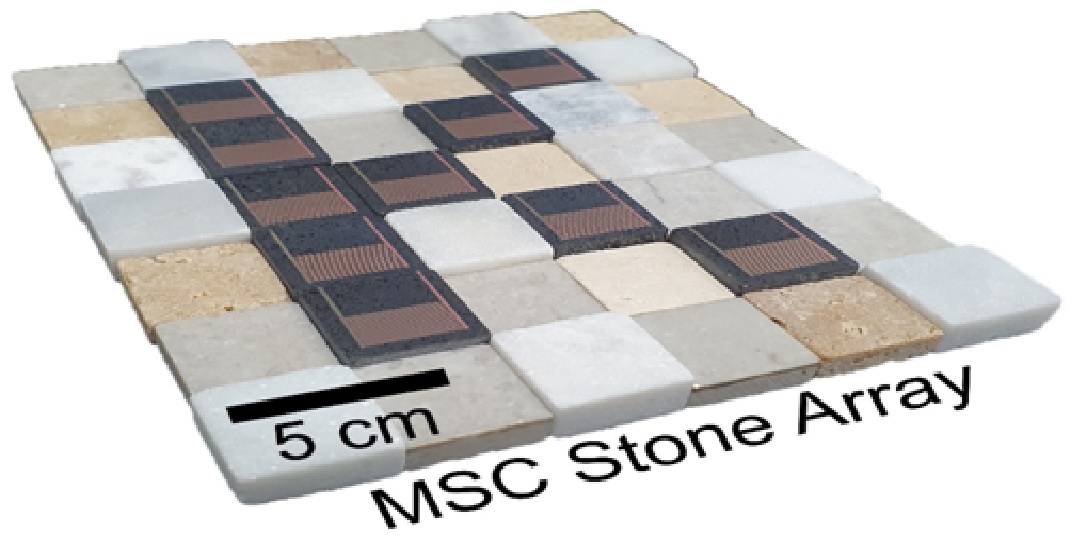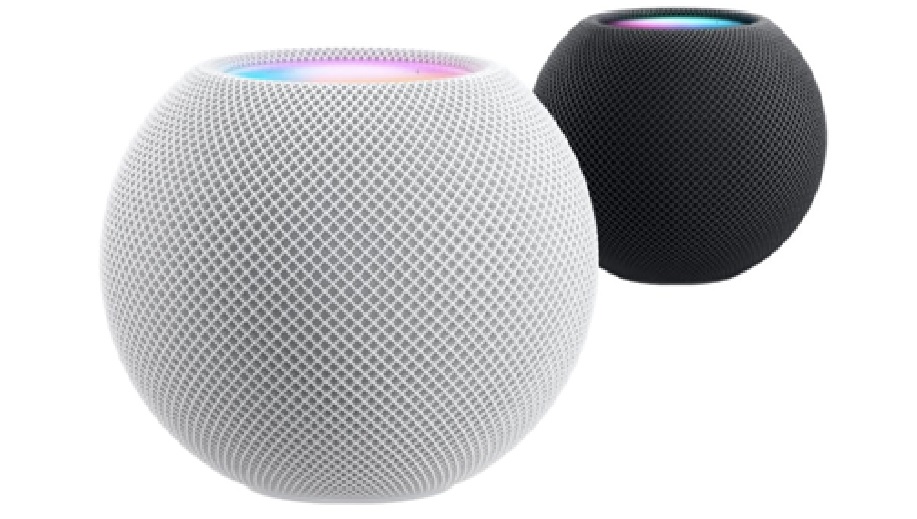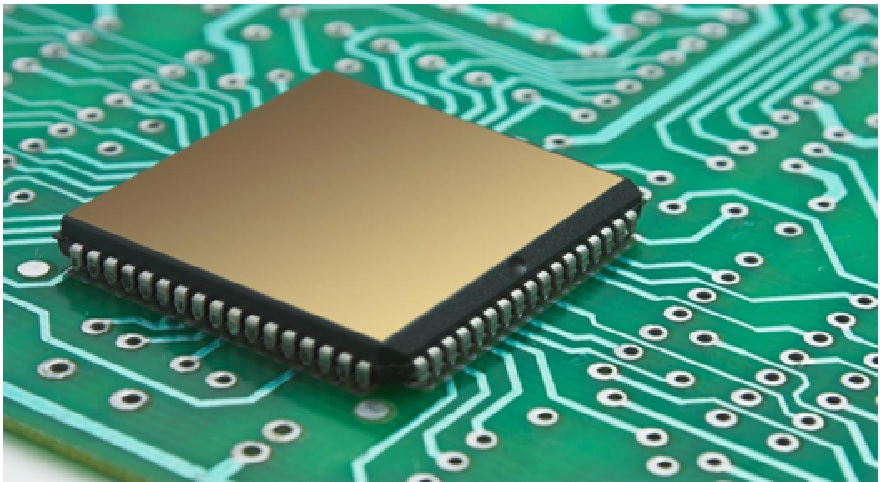Improved Low Code and No-Code Technology
Low-code/no-code development platforms are types of visual software development environments that allow enterprise developers and citizen developers to drag and drop application components, connect them together and create mobile or web apps. These platforms are often discussed synonymously with the development methods they embody.
Low-code and no-code modular approaches let professional developers quickly build applications by relieving them of the need to write code line by line. They also enable business analysts, office administrators, small-business owners and others who are not software developers to build and test applications. These people can create applications with little to no knowledge of traditional programming languages, machine code or the development work behind the platform's configurable components. [1]

Figure 1. Improved Low Code and No-Code Technology
Figure 1 shows a low-code application platform (LCAP) — also called a low-code development platform (LCDP) — contains an integrated development environment (IDE) with built-in features like APIs, code templates, reusable plug-in modules and graphical connectors to automate a significant percentage of the application development process. LCAPs are typically available as cloud-based Platform-as-a-Service (PaaS) solutions. [2]
Low code development platforms
- Microsoft Power Apps. One of the more robust low code platforms out there and known as the low-code programming platform for everyone, Microsoft Power Apps empowers developers, business users, and administrators create native and customized web and mobile applications as it connects data sources at the cloud and on-premises.
- Appian. Low-code development platform that combines key capabilities in a unified setting, offering process mining, workflow automation, and more, all with the goal of helping developers create enterprise-grade applications with ease. [3]
No code development platforms
- Bubble.io. Known as a leader in the no-code revolution, Bubble is a no code dev platform that offers its users a powerful point-and-click web editor and cloud hosting to build fully customizable web applications and workflows. From simple prototypes to complex marketplaces, Bubble gives non-developers the tools to create technology with simple yet effective web elements.
- OutSystems. No-code application builder platform that provides visual, model-driven development with AI-powered tools that improve the entire application lifecycle. OutSystems lets users quickly and easily build, deploy, and manage software development to ensure apps are built in days or weeks instead of months or years. [3]
References:
- https://www.techtarget.com/searchsoftwarequality/definition/low-code-no-code-development-platform
- https://www.ibm.com/cloud/blog/low-code-vs-no-code
- https://svitla.com/blog/the-best-low-code-and-no-code-platforms-2022
Cite this article:
Thanusri swetha J (2022), Improved Low Code and No-Code Technology, AnaTechMaz, pp.276















